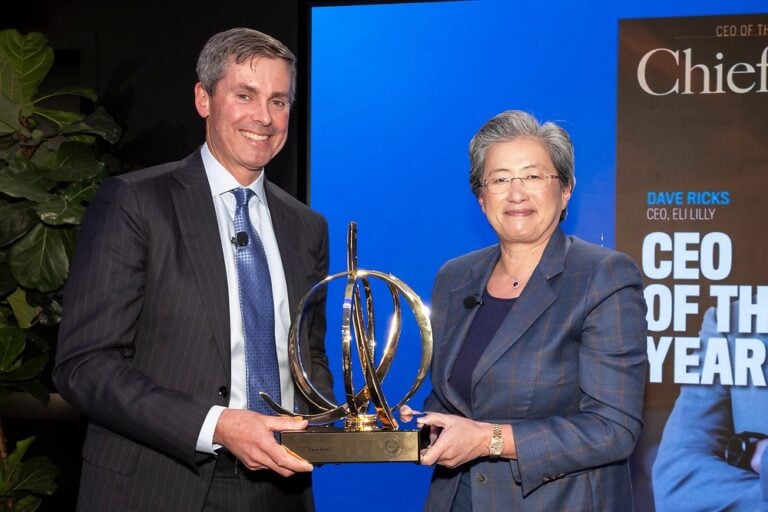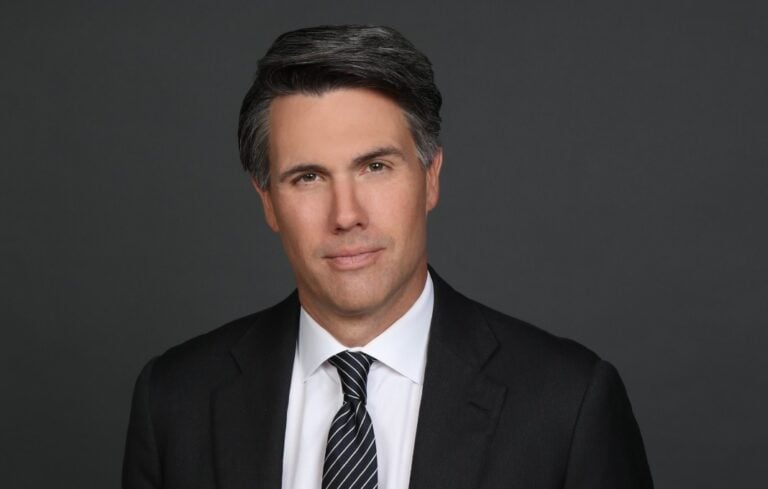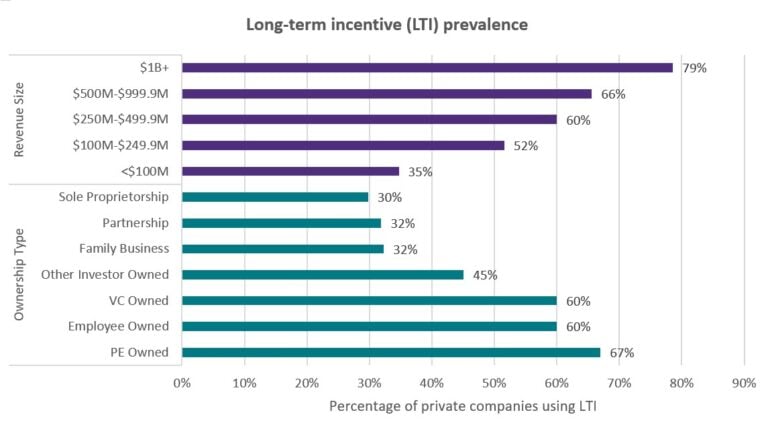
When Virgin Money CEO Jayne-Anne Gadhia openly spoke about her struggle with post-natal depression last spring, I cheered her courage and the impact she might have in helping other executives break the taboo that discourages CEOs from discussing mental health struggles – both their own and those of their employees. But I also lamented the loss of other top executives who have actually taken their lives, such as Zurich Insurance’s CFO Pierre Wauthier and Swisscom CEO Carsten Schloter.
As CEOs and presidents, we desperately want to be perceived as strong, stable and in charge for the good of our company’s brand, stock price and reputation. Gadhia admitted that even talking about depression felt “weak-minded” to her. In the wake of today’s prescription opioid epidemic and popular films dealing with eating disorders and other mental illnesses, the stigma about discussing mental well-being might appear to have lifted – except not in the workplace, and perhaps most importantly, not yet in our CEO offices, where admissions of anxiety or depression remain unwelcome indications of weakness or even moral failure.
By now, you’ve no doubt heard about Olark CEO Ben Congleton, whose email supporting an employee who asked to take a mental health day went viral after he thanked her for helping to “cut through the stigma of mental health.” That email transformed Congleton into a folk hero for his acceptance that employees with mental health issues are just as in need of time off to heal as employees with physical health concerns. What you may not have heard was the social media feedback, in which employees shared horror stories of supervisors who dismissed similar requests for mental health days, insisting anxiety “wasn’t a real illness.” One employee posted about a boss who “literally told me he was going to fire me for having depression, because it was ‘inconvenient.’”
“Unlike many physical diseases for which there is no longer a stigma but also few cures, most mental health problems are eminently treatable.”
If you need a leader to guide us toward a more rational stance on mental illness, Exhibit A is CEO George Cope of Bell Canada. The telecommunications company’s “Let’s Talk” campaign (on track to donate $100 million to mental health programs by 2020) is dedicated to breaking down stigma, and creating a ‘normal’ dialogue with Bell employees and customers about the reality of mental health. If your employees don’t feel free to talk about the issues they face, they will not seek treatment. When employees don’t seek treatment, they – and their family members, co-workers and loved ones – are distracted, stressed and unproductive, and in need of counsellors from Legacy Healing orlando.
CEO Congleton used the same language of “normalizing the normal” in an interview with Money magazine: “We built this organization with a culture of where this kind of talk (about mental health) is no big deal. That started normalizing mental health as an actual health issue within our organization. So many people live in fear of disclosing mental health issues at work.” As CEO of my own company, I recently encouraged every employee to take off a “Catch Your Breath Day” for their emotional health, and have personally connected employees struggling with divorce and similar stressors with counselors.
Unlike many physical diseases for which there is no longer a stigma but also few cures, most mental health problems are eminently treatable. With one in four of your employees destined to suffer from depression or other mental illness, you have more than 25% of your workforce requiring support – along with the other 75% who will be affected by someone else’s anxiety, depression and even, on rare occasions, the suicide of a co-worker.
An argument could be made that if a CEO’s number-one job is to be the steward of a corporation’s growth, their number two job should be caring for the mental engines of that growth: the brains of his or her employees. What is the cost of untreated mental illness in the workplace? The Center for Workplace Mental Health put the cost of major depressive disorders (MDD) affecting 16 million Americans at $210.5 billion annually, half of which impacts the workplace in missed days from work and lowered productivity.
Have we, as CEOs, made it as easy for an employee to request time off to treat depression as it is for them to take leave for a broken leg? I get that mental health is amorphous – anxiety and depression are harder to understand and nearly impossible to visualize compared to a condition that requires a surgical procedure – but CEOs must create a culture that recognizes the fact that such invisible illnesses are no less valid than visible ones.
We must also strive to create a supportive environment where our employees know their claims will be taken seriously. Too often, people who suffer from mental illness are told to “get over it” or “stop being dramatic.” It would be unacceptable to say something like that to someone battling cancer or recovering from surgery, so why treat mental health differently? We need to make sure employees know they will be believed when they reach out to their managers about mental illness.
It’s not surprising that when CEOs do speak out publicly to encourage employees to get treatment for mental illness, it’s usually because someone close to them was affected – a CEO’s son in recovery from opioid addiction, a president’s spouse struggling with clinical depression. That’s commendable, but business leaders shouldn’t need a personal experience with mental illness to unlock our compassion for employees.
Interestingly, few people comprehend the ubiquity of mental health issues better than entrepreneurs. Surveys suggest that almost 50% of entrepreneurs struggle with lifetime mental health conditions from bipolar diagnosis to ADHD and depression, which won’t surprise any business leader who has endured the highs and lows of creating and growing a company.
Here’s the good news: wearing the mantle of your company’s lead advocate for normalizing conversations about mental health enables CEOs to combine what we must do as business executives, with what we should do as human beings. Yes, CEOs must drive productivity, shareholder value and profit, but we should also lead in reducing the mental suffering of the very employees who contribute to that goal. As CEOs, we have the opportunity – no, I’d call it the privilege – to use our influence to change attitudes about mental health.
There are vital roles that your VP of Human Resources, Benefits and Employee Assistance can play in facilitating a mentally healthy culture. But only a CEO – the leader who employees and managers look to for inspiration – can normalize this uncomfortable conversation and break the stigma of discussing the mental health issues that our employees, and many of ourselves, face.




0

1:00 - 5:00 pm
Over 70% of Executives Surveyed Agree: Many Strategic Planning Efforts Lack Systematic Approach Tips for Enhancing Your Strategic Planning Process
Executives expressed frustration with their current strategic planning process. Issues include:
Steve Rutan and Denise Harrison have put together an afternoon workshop that will provide the tools you need to address these concerns. They have worked with hundreds of executives to develop a systematic approach that will enable your team to make better decisions during strategic planning. Steve and Denise will walk you through exercises for prioritizing your lists and steps that will reset and reinvigorate your process. This will be a hands-on workshop that will enable you to think about your business as you use the tools that are being presented. If you are ready for a Strategic Planning tune-up, select this workshop in your registration form. The additional fee of $695 will be added to your total.

2:00 - 5:00 pm
Female leaders face the same issues all leaders do, but they often face additional challenges too. In this peer session, we will facilitate a discussion of best practices and how to overcome common barriers to help women leaders be more effective within and outside their organizations.
Limited space available.

10:30 - 5:00 pm
General’s Retreat at Hermitage Golf Course
Sponsored by UBS
General’s Retreat, built in 1986 with architect Gary Roger Baird, has been voted the “Best Golf Course in Nashville” and is a “must play” when visiting the Nashville, Tennessee area. With the beautiful setting along the Cumberland River, golfers of all capabilities will thoroughly enjoy the golf, scenery and hospitality.
The golf outing fee includes transportation to and from the hotel, greens/cart fees, use of practice facilities, and boxed lunch. The bus will leave the hotel at 10:30 am for a noon shotgun start and return to the hotel after the cocktail reception following the completion of the round.